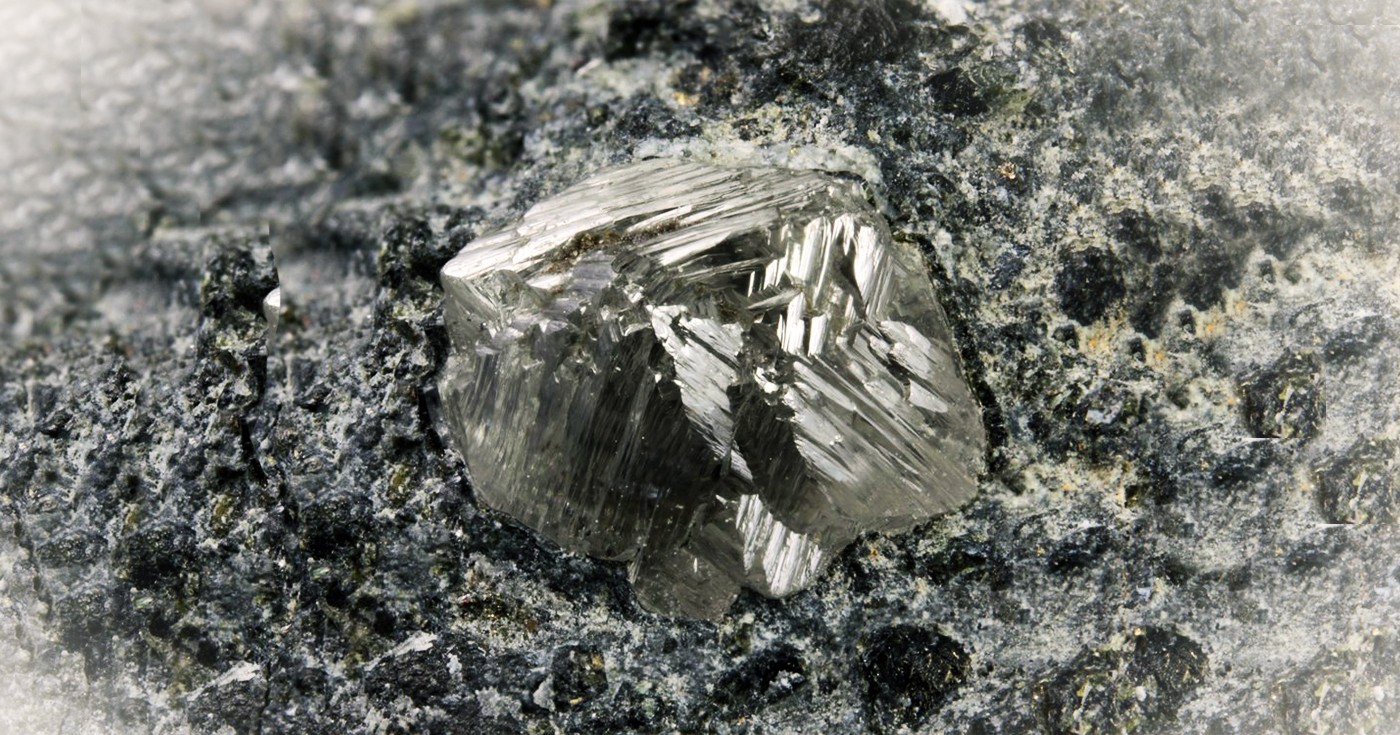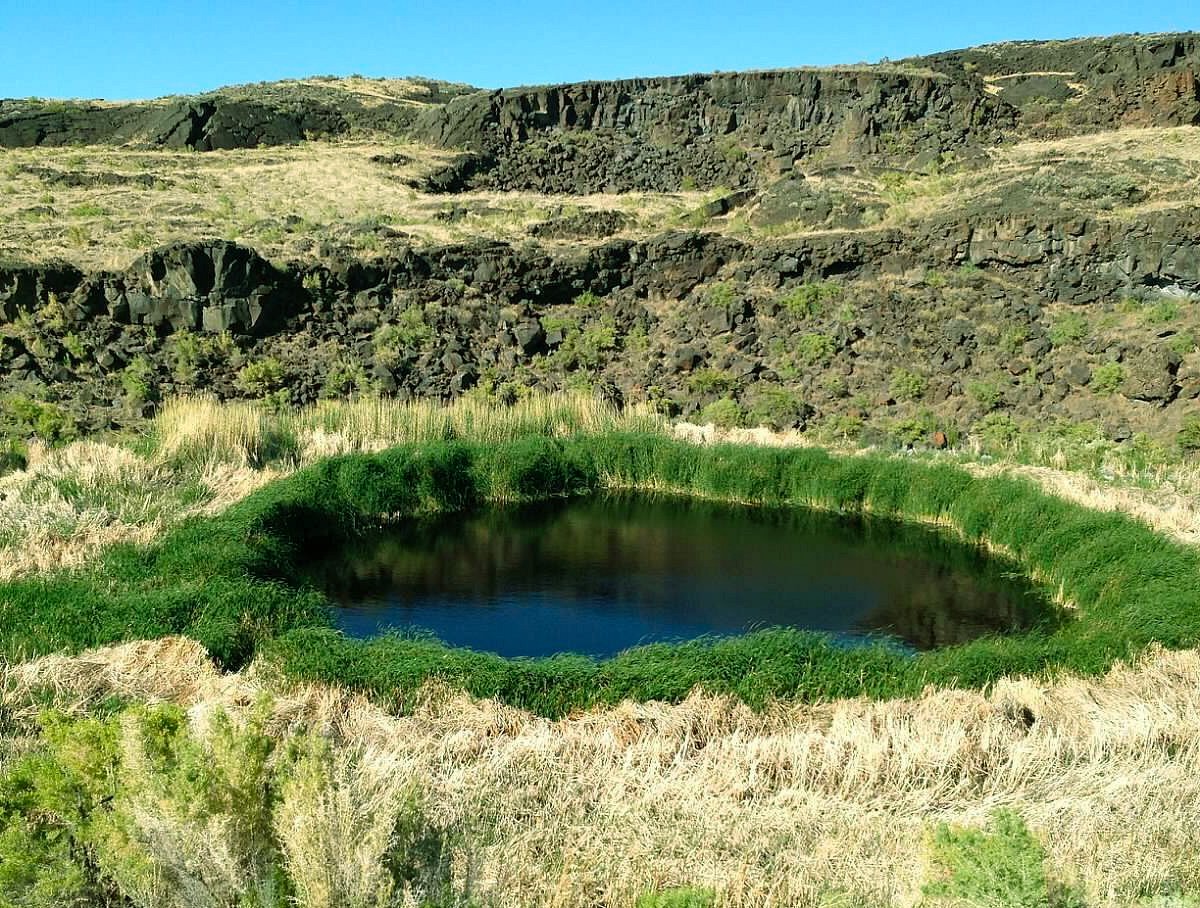The Diamond, from Rare Mineral to Precious and Symbolic Stone
“A diamond is forever,” states a famous slogan. The phrase, created in 1947 by De Beers, the world’s largest diamond mining company, summarizes in a few words all the meanings that have since been attributed to this stone. The diamond, in fact, is one of the most used stones for jewelry, especially for those that symbolize eternal love, such as the solitaire ring, the most classic engagement gift.
Not everyone knows, however, what the origin of this stone is and why it is so precious.

Where Diamonds Come From
The diamond is a mineral entirely composed of carbon, the chemical element at the basis of all forms of life. As explained by the Gemological Institute of America, the world’s most authoritative organization for diamond evaluation and certification, its origin dates back to more than a billion years ago. It was created in the Earth’s mantle, more than 200 kilometers below the surface, where extremely high temperatures of over 1000°C and very strong pressure (about 45,000 times higher than at sea level) caused carbon atoms to bond together. Crystals were thus formed that gave rise to diamonds.
For hundreds of millions of years these crystals remained within the Earth’s mantle. It was the activity of ancient volcanoes that brought them toward the more superficial layers of the earth, within a rock called kimberlite. Most diamonds are extracted from kimberlite deposits, which are called primary deposits. The erosion of kimberlite can release rough stones, which water then transports creating deposits called secondary.
The first extraction from rock dates back to 1869, when a kimberlite mine was discovered in South Africa. Today among the main diamond-producing countries are Botswana, Russia, Angola, Canada, Congo and Brazil.

A Hard, Tough, Resistant Mineral
One of the most well-known properties of diamond is its hardness: it is indeed the hardest natural mineral in the world. This is confirmed by the Mohs scale, named after the mineralogy expert who devised it in 1812, which establishes ten degrees of mineral hardness. The scale ranges from soft minerals, such as talc and gypsum, which can be scratched with a fingernail, to the hardest, which is diamond, which can scratch any other natural substance but can only be scratched by another diamond. Due to its hardness, diamond is also used in industrial applications to create tools for cutting, drilling, and polishing other materials.
The diamond is also a tough material, that is, capable of withstanding impacts without breaking, and is very resistant to heat. A diamond can remain unchanged up to a temperature of about 1500°C.
The Ideal Stone for a Precious Jewel
The origins of the diamond and the complexity of its extraction from kimberlite make it one of the rarest and most precious stones in the world. There are different types: from the traditional one, appreciated for its brilliance, to colored ones, up to the
The elements that establish the value of a diamond are the so-called 4 Cs, from the initials of the English terms:
- colour
- clarity
- cut
- carat
In summary, we can say that a diamond is all the more precious the more it is colorless and transparent, without any impurity, with a precise and accurate cut and naturally of a high number of carats, which express the weight of the stone.
The 4 Cs deserve to be known in greater depth, however, because they are the characteristics that allow for accurate evaluation of a diamond. We will therefore discuss them in an upcoming article.